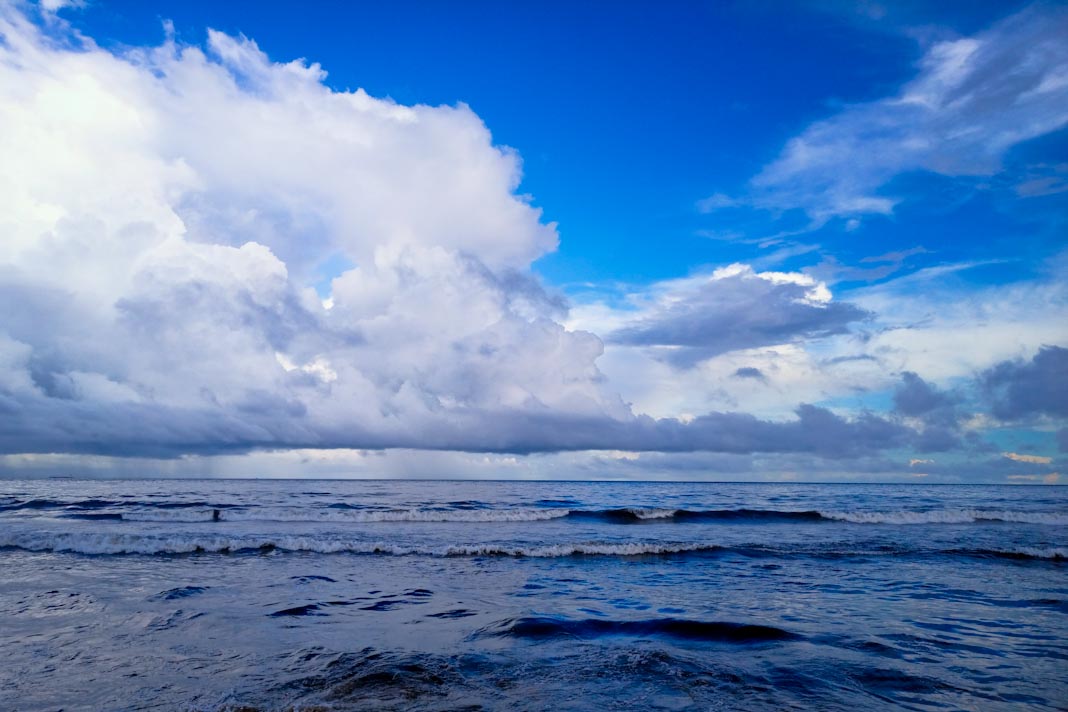- Green methanol and ammonia are emerging as key transition fuels for shipping, with methanol gaining early adoption due to ease of use and lower emissions.
- India is positioning itself as a potential global green fuel hub, leveraging its solar capacity, policy frameworks, and growing CO₂ capture capabilities.
- Cost and supply challenges remain for green fuels, especially e-methanol, due to high renewable energy prices and limited global production capacity.
- Shipbuilding revival is underway, with India offering incentives and pursuing foreign partnerships to support green-fuel-ready vessel construction.
India stands to benefit significantly as the global shipping industry steadily advances toward decarbonisation by 2040–2050. Currently, most merchant vessels rely on fuels like Very Low Sulphur Fuel Oil (VLSFO), diesel, and liquefied methane gas. LNG-powered engines, which offer roughly five percent higher efficiency, are expected to serve as a transitional solution before the industry fully shifts to green fuels such as green ammonia, e-methanol, and biofuels, as reported by The Hindu.
India’s Role in Global Shipping’s Green Fuel Transition
As the global shipping sector shifts toward decarbonisation, green fuels are emerging as a critical component of this transition. Green hydrogen, produced through the electrolysis of water using renewable energy, forms the basis for other marine fuels like green ammonia and green methanol. While hydrogen itself is unsuitable for direct use in shipping due to its volatility and storage challenges, green ammonia—derived from green hydrogen and nitrogen—is more stable and gaining policy support in India, especially as a potential substitute for imported LNG in fertilizer production. Green methanol, made from green hydrogen and captured carbon dioxide, is also being explored.
Among the available alternatives, green methanol is currently favored over green ammonia. It emits about 10% of the carbon dioxide that conventional fuels do and requires minimal changes to existing infrastructure. Unlike green ammonia or LNG, it can be stored at ambient temperatures. In contrast, ammonia engines are still in the early stages and require additional onboard modifications.
So far, more than 360 methanol-capable vessels are either operating or on order. Major global shipping companies—including Maersk, CMA CGM, and Evergreen—are investing in methanol as a fuel. However, the cost remains a significant barrier. In February, fully sustainable e-methanol was priced at $1,950 per tonne in Singapore, compared to $560 for VLSFO. This is largely due to high renewable electricity costs and capital investment in electrolyser technology. Demand for green methanol is expected to exceed 14 million tonnes by 2028, while supply may lag behind at around 11 million tonnes.
Building India’s Green Marine Fuel Hub and Reviving Shipbuilding
India’s ambition to become a global hub for green marine fuel production comes with notable challenges, particularly the need to import key components like solar panels and electrolysers. However, the country’s rapid growth in solar capacity—from 2.82 GW in 2014 to 105 GW in 2025—offers a strong template. This progress was driven by a combination of sovereign guarantees, off-take assurances, and strategic supply chain policies.
To scale up green methanol production, India will also need to adopt innovative financing models. Production-linked incentive (PLI) schemes aimed at domestic electrolyser manufacturing can help localize supply chains and reduce raw material transport costs. Incentives for carbon capture, utilization, and storage (CCUS) are equally important, especially in producing green methanol using industrial CO₂ emissions. With government plans to create 1.5 GW of electrolyser manufacturing capacity and a growing base of CO₂ sources from sectors like steel and cement, India is strategically positioned to develop integrated green fuel ecosystems. Access to lower-interest financing from multilateral development banks—around 4% compared to 11–12% from local lenders—can further accelerate these efforts.
The government’s $10 billion commitment to acquiring more than 110 ships includes a proposal to ensure 10–20% of them are green-fuel capable, Indian-built, and Indian-flagged. These steps could help restore competitiveness in the maritime sector while aligning with global decarbonisation goals.
Did you subscribe to our Daily newsletter?
It’s Free! Click here to Subscribe!
Source: THE HINDU
















